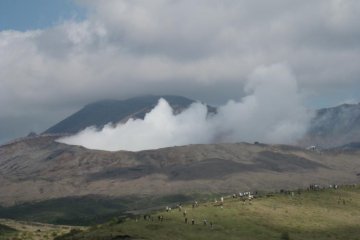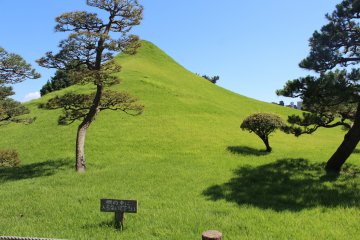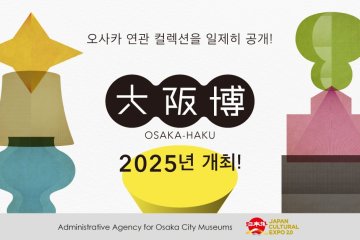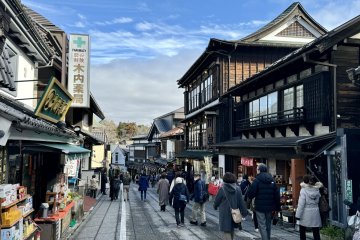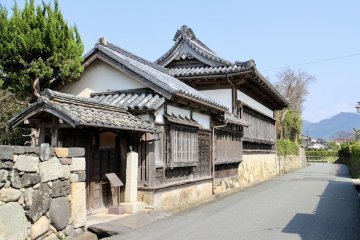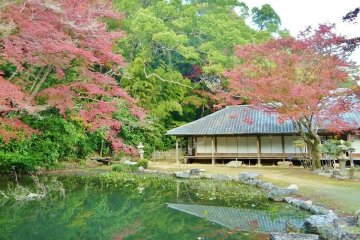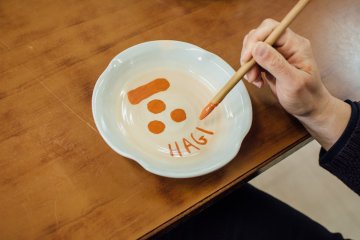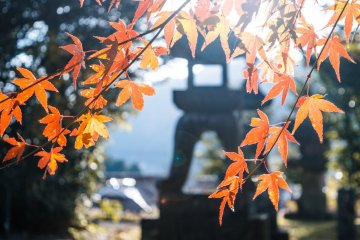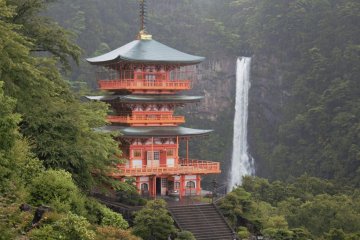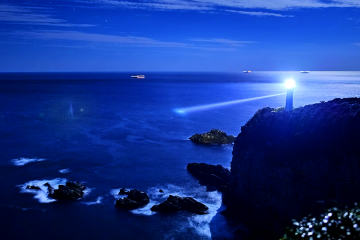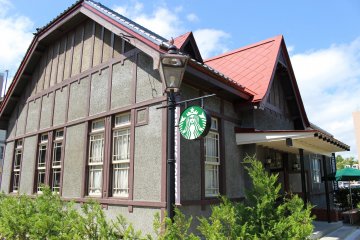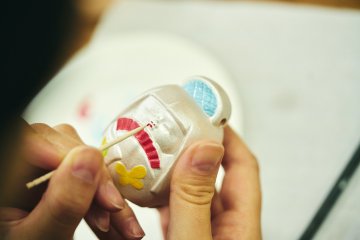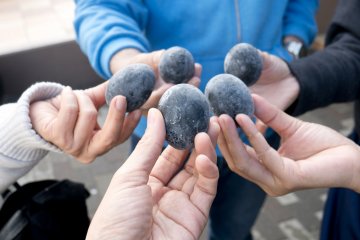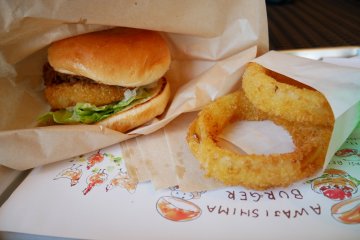Lost and Found in Kumamoto
A story my mother-in-law tells me, made me reminisce of the musings of Louise Bourgeois, a French American artist losing herself in her hometown. “I had gone back with my children to see the house where I had grown up and where the river Bièvre flowed through the backyard. But the river was gone. Only the trees that my father had planted along its edge remained as a witness.”
Likewise, my mother-in-law recalls her life growing up in Itsuki. She used to collect Cicadas and other beautiful insects. The wings were unfurled, and she would put them in a box. Now these insects are harder to find. Being far from the city, they used to catch wild pigs in the mountains, forage in the woods in autumn, and played in the snow in winter.
During festival time, the whole village would participate in a tug of war. Back then, it used to take days to get to Tokyo, not that the villagers went there. In fact, some villagers spent their whole lives here, never knowing what it was like to be in the capital. Instead, they carved toys out of wood, collected baby bees for tempura or stir fry, and made their own kind of very thick soba, now famous around Japan as Itsukidani soba. They also grew up savouring the flavour of an orange and lime like citrus called kunebu, which you can get these days in a soda that tastes a bit like Lemon squash.
Like Louise, my mother-in-law also laments the loss of the river, which was transformed when the hydro-electric dam was constructed, though the memories of the floods in the 1960s remain just that, just distant memories.
Yesterday I fell asleep in Australia and woke up in Japan. We take that for granted in the jet age, but 50 years ago, once you leave your ancestral home, you may never come back. So the homecoming of my mother in law here is so special. Ella Shield, a 21st century painter once said, in her work 'The presence in your absence', that “In the wake of loss, one seeks refuge in the profound moments of the past, where fleeting memories preserve the essence of what was loved and is now lost.”
What is familiar in your life? What do you treasure when you go home? Can you let it go? What can be transformed from the past to the present?
Tuzyun Shuzo Sake Company
The cicada was evocative for my mother-in-law, and likewise, it was the inspiration for the oldest sake brewery in Kumamoto Prefecture. Founded in 1770, Tuzyun Shuzo Company is in the geographical heart of Kyushu, an island surrounded by warm currents flowing in from the tropics. Despite this, the outside temperature drops to -10 ℃ in winter, and the temperature inside the warehouse reaches 5 ℃. making it ideal to produce environmentally friendly sake.
In 1991 the Kansei warehouse, a cafe within this oldest sake brewery in Kumamoto Prefecture, was renovated to provide more light and space, while preserving its architectural wonder, serving age old delights like green tea ice cream in a Monaka waffle wafer, best enjoyed whilst watching the goldfish in the pond outside.
Never far away is the sake on display, with very little acidity and as dry as a sake can get, making it suitable for wine drinkers. This is Semi, the Japanese word for Cicada. There is the slight fragrance of Japanese pine wood in the barrels.
Half the rice is shaved off before making the sake, the shavings being used as a culture to pickle vegetables, another treat for those hot summer days.
The sake maker tells me that rice is grown to the sound of the cicada. The sound of summer is the lullaby of the sake maker. Maybe you can imagine the summer holiday when you partake in a sake tasting set.
The other reference to cicadas is in the aging of the sake, as cicadas spend their larval stage underground, just like the sake that is carefully aged for a year in the brewery," says President Yamashita Yasuo. The first glass is light, but the flavour spreads throughout the mouth as you drink the second and third glass. It is perfect as a complement to seafood dishes, as well as cheese and other dairy products.
Little did I know but the sake maker cannot have fermented foods like natto or yogurt, as it would affect his ability to taste and check the sake being fermented. Such dedication to a lifetime of work!
In Kumamoto, there are two kinds of cicada: the kumazemi (bear cicada) which sounds like a frog, and a visitor from Kansai, whose song sounds weirdly electronic. The bear cicada is native here, making it a homecoming song for folks returning here for the summer Obon holidays.
When I grew up, I found cicadas noisy, drowning my thoughts as I walked up hill from school. Little did I know, but these cicadas only live for a fortnight, maybe a reference to cherry blossoms, that only blossom for 2 weeks. The short beauty of life.
These days, Tokyo is not so distant anymore, and projects like the "Kanpai Caravan", takes this sake to trade fairs in the capital.


















